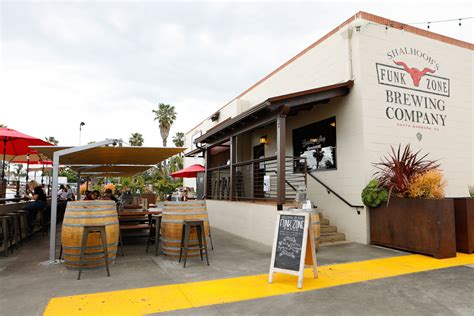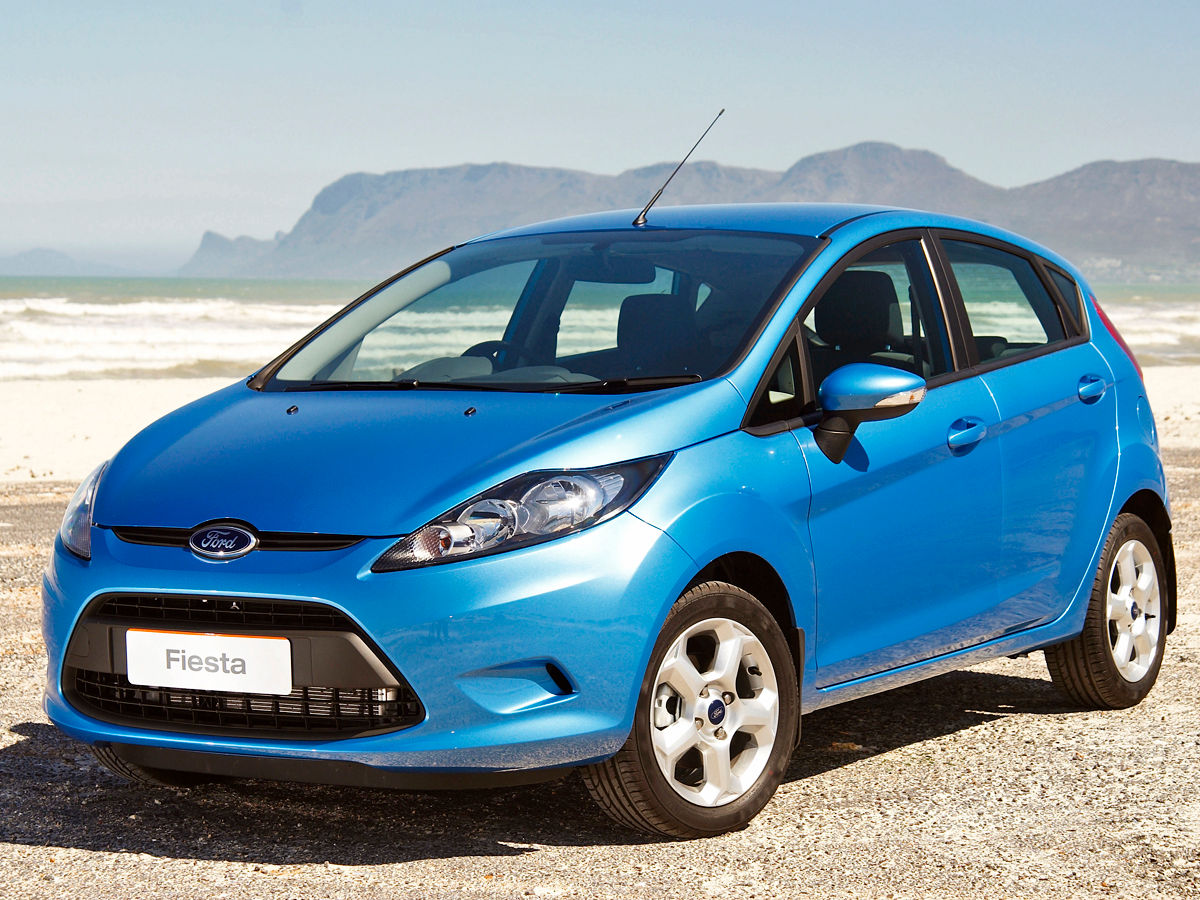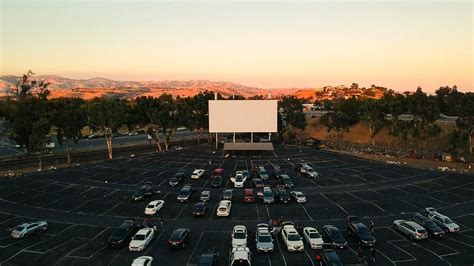Santa Barbara, California, is renowned for its picturesque landscapes, rich history, and most notably, its thriving wine country. The region’s unique combination of soil, climate, and innovative winemaking techniques has cultivated a wine industry that attracts visitors from around the globe. Among the many excellent wineries and vineyards, some stand out for their exceptional wine quality, educational tours, and warm hospitality. Here, we’ll delve into the best wineries in Santa Barbara, CA, highlighting their top vineyard tours and what makes each a must-visit destination for wine enthusiasts.
1. Fess Parker Winery
Located in the heart of Santa Barbara County, Fess Parker Winery has been a benchmark for quality and innovation since its establishment in 1989. Founded by the late Fess Parker, a renowned actor and wine aficionado, the winery is now run by his family, who continue his legacy of producing outstanding wines. Their vineyard tours offer a deep dive into the winemaking process, from vine to bottle, showcasing the meticulous care and dedication that goes into every bottle. The winery is particularly famous for its Pinot Noir and Chardonnay, reflecting the cool-climate characteristics of the Santa Barbara region.
2. Au Bon Climat
For over three decades, Au Bon Climat has been a pioneer in the Santa Barbara wine scene, focusing on producing high-quality Pinot Noir and Chardonnay. The brainchild of winemaker Jim Clendenen, Au Bon Climat is known for its Burgundian-styled wines that have garnered international acclaim. The winery’s tours are highly educational, providing insights into the art of winemaking and the careful considerations that go into crafting each vintage. Visitors can enjoy tasting some of the region’s best wines in a beautifully landscaped setting, making it a perfect spot for those looking to understand the nuances of cool-climate wines.
3. Bridlewood Estate Winery
Nestled in the Santa Ynez Valley, Bridlewood Estate Winery stands out for its breathtaking views and extensive wine portfolio. With a focus on sustainable winemaking practices, Bridlewood produces a wide range of wines, including Cabernet Sauvignon, Merlot, and Syrah, showcasing the diversity of the Santa Barbara wine country. Their vineyard tours are designed to educate and entertain, offering a comprehensive look at the winery’s operations, from grape harvesting to bottling. The estate’s beautiful gardens, horse trails, and picnic areas make it an ideal destination for a day-long wine country experience.
4. Rusack Vineyards
Rusack Vineyards, situated on the picturesque Ballenger Canyon Road, is a family-owned winery that has been a staple of the Santa Barbara wine community since 1995. Known for its small-lot productions, Rusack Vineyards offers an intimate wine tasting experience, with a focus on Pinot Noir, Chardonnay, and Syrah. The winery’s tours are personalized, allowing visitors to explore the vineyards and winemaking facilities at their own pace. The serene surroundings and the opportunity to taste wines straight from the barrel make Rusack Vineyards a unique and memorable experience for wine lovers.
5. Sanford Winery
As one of the pioneering wineries in Santa Barbara County, Sanford Winery has a rich history dating back to 1971. It was among the first to recognize the potential of the Sta. Rita Hills for Pinot Noir and has since become a benchmark for this varietal in the region. The winery’s tours are not only informative but also visually stunning, offering breathtaking views of the vineyards and the surrounding landscape. Visitors can explore the winemaking facilities, learn about sustainable farming practices, and of course, taste some of the winery’s renowned wines.
Planning Your Vineyard Tour
When planning your visit to these esteemed wineries, consider the following tips to make the most of your Santa Barbara wine country experience:
- Booking in Advance: It’s advisable to book your vineyard tours ahead of time, especially for smaller, family-owned wineries, to ensure availability.
- Seasonal Variations: The best time to visit depends on your preferences. Spring and fall are ideal for comfortable weather, while summer can be perfect for those who enjoy outdoor events and festivals.
- Transportation: Given the distance between some wineries, consider renting a car or booking a guided wine tour to ensure safe and convenient travel.
- Food Pairing: Many wineries offer food pairing options or have picnic areas where you can enjoy your own meals. Check ahead of time to plan your dining experience.
Conclusion
Santa Barbara, CA, offers a wine tasting experience like no other, with its unique terroir, innovative winemaking techniques, and the warm hospitality of its wineries. Whether you’re a seasoned wine connoisseur or just beginning to explore the world of wine, the region’s top vineyard tours provide an unforgettable experience. From learning about the intricacies of winemaking to simply enjoying the scenic beauty of the vineyards, a visit to Santa Barbara’s best wineries is a must for anyone looking to deepen their appreciation of wine and the culture that surrounds it.
What is the best time to visit wine country in Santa Barbara?
+The best time to visit Santa Barbara wine country largely depends on personal preference. Spring (March to May) and fall (September to November) offer pleasant weather, ideal for vineyard tours and outdoor activities. Summer can be warmer and is a great time to enjoy festivals and events, while winters are generally mild and less crowded.
Do I need to book vineyard tours in advance?
+Yes, it is highly recommended to book vineyard tours in advance, especially for smaller, family-owned wineries or during peak season. This ensures that you can visit your preferred wineries and avoids any disappointment due to unavailability.
Can I bring my own food to the wineries for a picnic?
+Many wineries in Santa Barbara have designated picnic areas where you can enjoy your own food. However, it’s best to check with the winery beforehand, as some may have specific rules or offer food pairing options that you might prefer.


